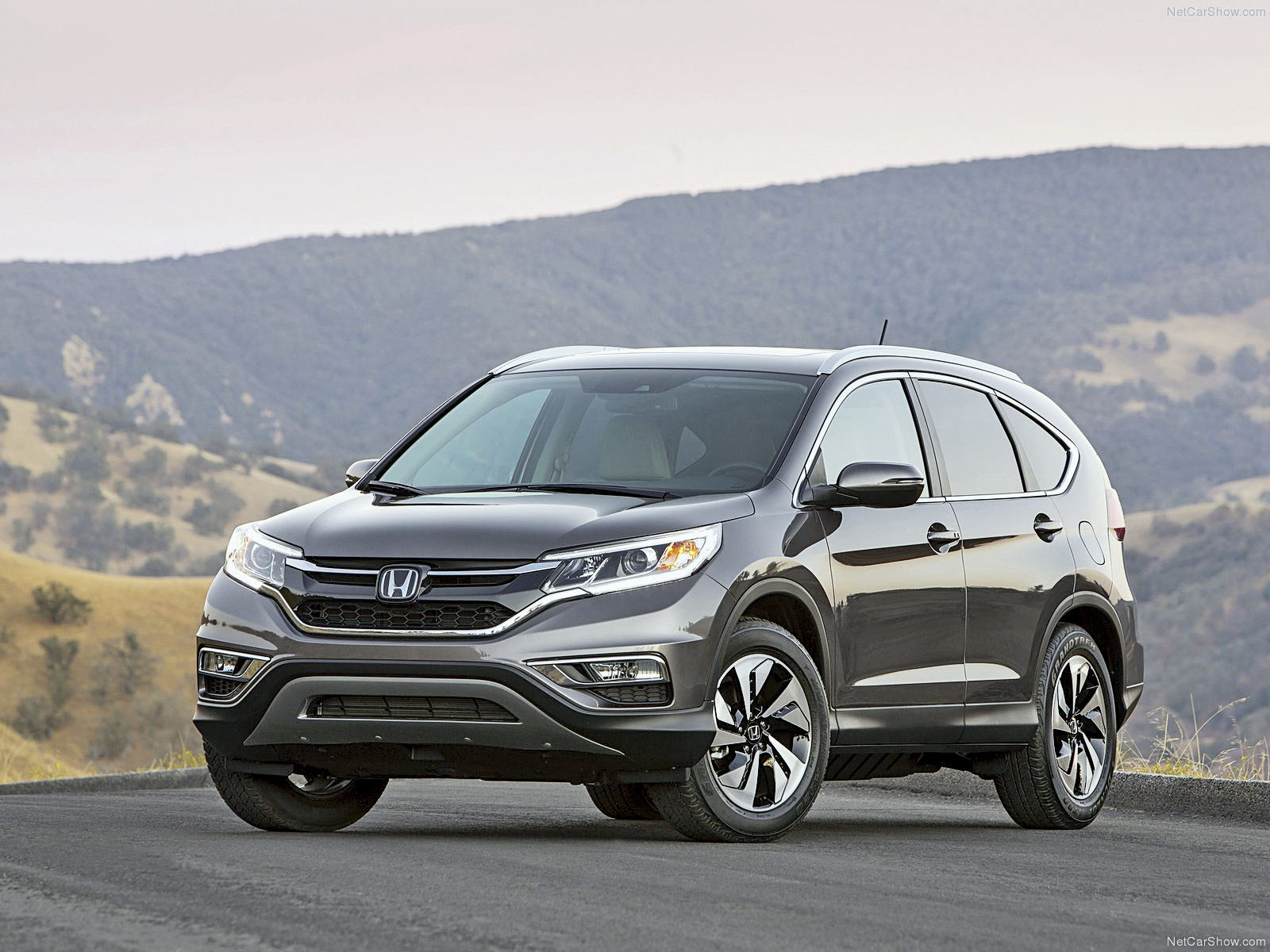The Volkswagen Group is all about delivering the right technology at the right price. The German company has followed this strategy since its origins around half a century ago, and let’s be clear, this engineering-led approach has got the company far. The Volkswagen Group is among the top two global car makers today, and the company’s market share is only growing. Whereas earlier, technology extended to more fundamental aspects of the car like build quality, and chassis and engine technology, today, its scope is much wider and all encompassing. The current charge is undoubtedly led by a desperate need to make cars more efficient and less polluting, especially carbon dioxide emissions. Then, there’s gradual electrification and the increasingly important advances in the area of the ‘connected’ car. But what exactly can we expect to see on VW cars in the near future? Here’s a quick but interesting preview.
10-speed DSG (Twin clutch automatic )

VW’s new twin clutch automatic gearbox not only has two distinct clutches that allow it to change gear faster and be more efficient, it will also have the added flexibility of ten gears. The new gearbox, called the DQ511, is a development of the seven-speed DQ500, and is designed for a peak torque of 56.08kgm. Apply conventional logic and a 10-speed gearbox should be proportionately larger and heavier than a seven-speed box. But it is no larger than the current seven-speed, and doesn’t weigh more either. This is because the new box uses the same amount of gear sets as the seven-speed gearbox. This is done by employing an entirely new shifting strategy so that the existing gears combine differently to form new ratios. Only two new additional linkages are used. This also works perfectly for VW’s platform strategy as it allows the 10-speed to be seamlessly integrated into all VW’s new MQB platform cars. VW says it will customise ratios in accordance with the car’s requirement, so you can either have densely stacked gears for strong performance, well spread out ratios for overall benefits, or even super tall ratios for ultra efficient cruising. In fact, one of the biggest benefits of the new 10-speed is the increase in average gear ratio over the earlier seven-speed, without any compromise in driveability; the new box has an overall average ratio of 10.2 versus 7.9 for
the earlier seven-speed.
Mild Hybrid (with coasting ) and Start Stop 2.0)
Volkswagen’s new Mild Hybrid tech and Start Stop 2.0 use a system that shuts off the engine to save fuel. “So what’s new?” you ask. Well unlike most other systems that only shut the engine off when a car comes to a halt, Volkswagen’s systems come into operation both when you so much as get your foot off the throttle or when it anticipates a stop.
The Mild Hybrid system works at pretty much any speed. Take your foot off the accelerator pedal for a pre-defined number of seconds and the engine is shut off. Engine revs fall to zero, the engine is de-clutched from the gearbox and you get a message on the instrument panel that tells you that you are ‘coasting’. When needed, the engine of the car is re-started from any engine speed. This is done as the DSG automatic gearbox selects the right gear, and the engine is ‘dragged’ into starting up again seamessly. This is unlike the start-stop systems today, that need the engine revs to fall to zero before a re-start process is initiated.
Start Stop 2.0, on the other hand, switches off the engine when it detects that you are coming to a stop. This is done below 7kph and is a huge advantage in start-stop traffic situations, especially over the life of a car. Of course, in the event that the driver changes his mind, the vehicle is restarted quickly.

















































